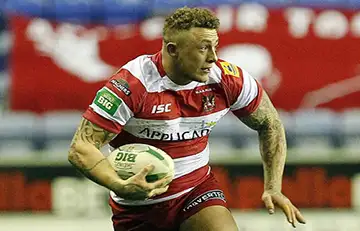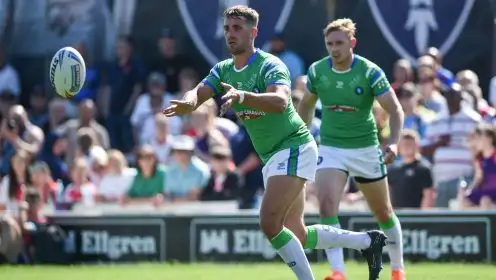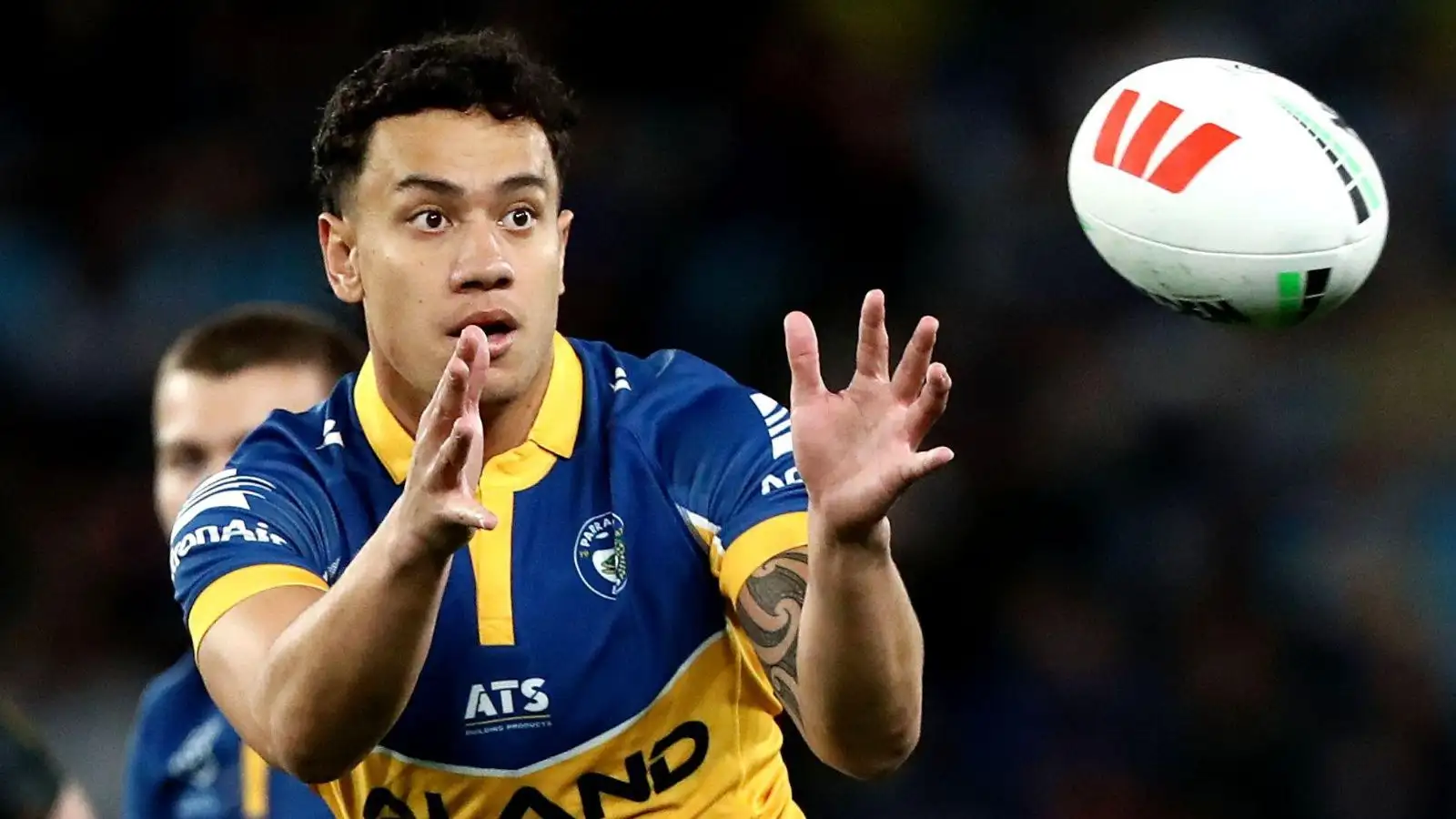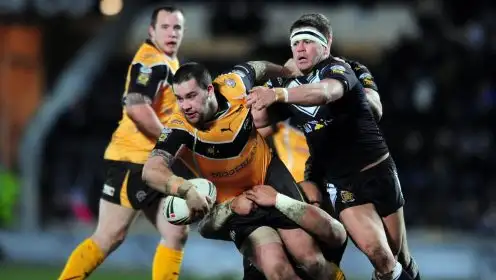Crossing codes: Charnley needs to be careful as he Sales off

Could Josh Charnley return to Rugby League?
Josh Charnley‘s move to rugby union at the end of the season has raised the thorny old issue of code swapping once again.
Let it be reiterated here forcefully: no self-respecting rugby league player should be thinking about swapping codes while they are at their supposed peak, like Charnley.
A period in the 15-man code at the end of a distinguished career, like Kevin Sinfield, is a slightly different thing, but no player at their peak should be looking to jump across.
This is not a statement of league bigotry, but rather a clear-eyed assessment of the chances of being successful.
I have played both codes, and continue to play rugby union at the age of almost 42, and they offer entirely different challenges nowadays.
Certainly, a rugby union prop would have to be a very special player to make the transition now, as David Young did back in 1990.
Union is a game where collective effort in set-piece, maul and ruck slowly wears down an opponent, creating opportunities for gifted individuals to score points, either with the boot or a moment of inspiration.
To many league fans, those moments of inspiration often seem in pretty short supply, but there are some hugely skilled players in union who can produce moments of true magic.
But a lot of players spend a lot of time waiting around in union, while other players spend almost the whole game buried in a twisted heap of bodies, pushing and shoving.
While dabbling in league again the other night, I played more actual ‘rugby’ (handling, tackling, running) in five sets than in whole games of union.
As Benji Marshall showed in his brief sojourn in New Zealand rugby union with the Blues in 2014, where he played six games and looked utterly lost, the grass is not always greener on the other side of rugby’s great split.
That lack of direct involvement for long periods will be the biggest challenge for Charnley, as it was for Sam Burgess, though Charnley may be better suited to the less relentless rhythms of union.
Charnley is capable of inspirational moments and scoring fine tries. He can also kick and is confident enough to learn new skills.
But he can be prone to switching off, and union is a game where concentration is key. in some games, especially in wet weather, Charnley, as a winger, may get one chance to impress over the whole 80 minutes..
He needs to be sharp enough to respond when called upon, as there is not the relentless physical challenge of league keeping him in the game.
His new coach at Sale, Steve Diamond, thinks that: “He’ll fit in well. If he doesn’t make it after a year or two, then he could always go back and be a top-class rugby league player.”
Charnley should be careful about listening too carefully to such glib blandishments. Most players who come back to league from union are nowhere near the same players they were before they left.
Most return slower and older, missing the years of league that would have kept their fitness sharp. It is more likely that Charnley would return as a average rather than a “top” player.
Joel Tomkins came back from a spell at Saracens not looking too shabby, that is true, but it could also be argued that he missed out on two years of development in league, and is now trying to catch up to become the player he could have been.
Of course, it is likely that Charnley will get picked for England RU, as the union selectors seem determined to pick every single convert for the national side, whether they are any good or not.
Henry Paul, Leslie Vainokolo, Shontayne Hape, Tomkins, Kyle Eastmond, Andy Farrell, Chris Ashton and a clutch of others seemed to have an open, and often revolving, door to the England national RU team over the last 15 years or so.
Not many really shone, it has to be said.
Jason Robinson did very well, but he was a special talent. A world-class individual in either hemisphere – one of the small group of players who can play either code equally well.
Israel Folau and Sonny Bill Williams have thrived but they, like Robinson, are once in a generation players. Others like Timana Tahu, Chev Walker and Jamie Foster failed to succeed.
The scale of the challenge has been shown by how tough players who come from union to league have found the trasition in recent years.
While Gareth Thomas did okay, especially considering his age of 36 when he converted, he was really too old to make much of an impression. In his book Thomas noted the physicality and intensity of rugby league. One did get the impression that had he changed codes 10 years earlier, he could probably have been very good indeed, though.
But a Welsh compatriot of Thomas, Andy Powell, was terrible at Wigan. He confessed off the record that he found the speed and physical challenge of league far too much to cope with at Super League level.
Powell’s ordeal shows just how different the codes now are in terms of the demands they make on players.
The sports require a different mentality, much more so than they used to in the 1970s and 80s, when dozens of players jumped from union to league. (A few Frenchmen went the other way in the 1960s, like French rugby union team manager Jo Maso, but the union authorities don’t like people talking about that, because it wasn’t officially allowed to happen.)
Lastly, Charnley will have to deal with a small, but often vocal (the noise they make being inversely related to how much they actually know about any kind of rugby) group who will want him to fail, and will not see anything positive in anything he does.
Snobs, in other words. Thankfully, this group is shrinking fast, but it still exists, especially among the union media, and Charnley would do well to try and ignore them completely.
If he does that, than he has all the tools to do well in union, and he may just even play for England one day.
But he is undoutedly taking a gamble. Let’s hope for his sake that it pays off.



